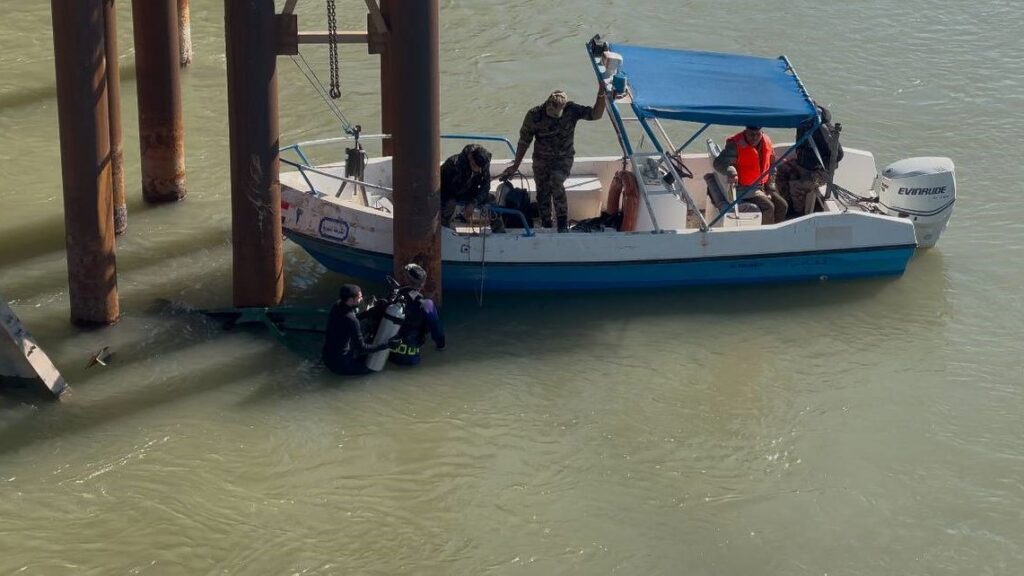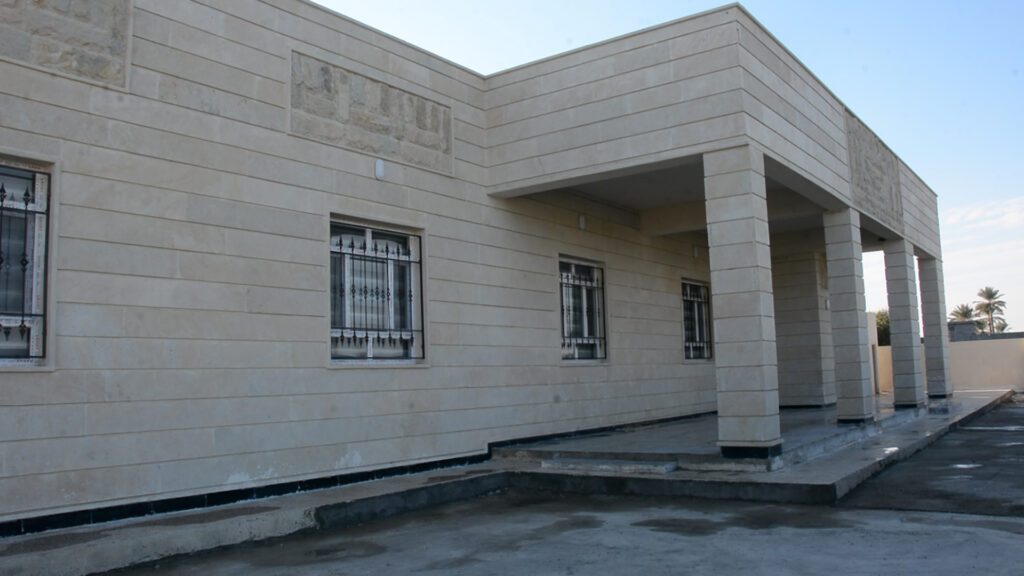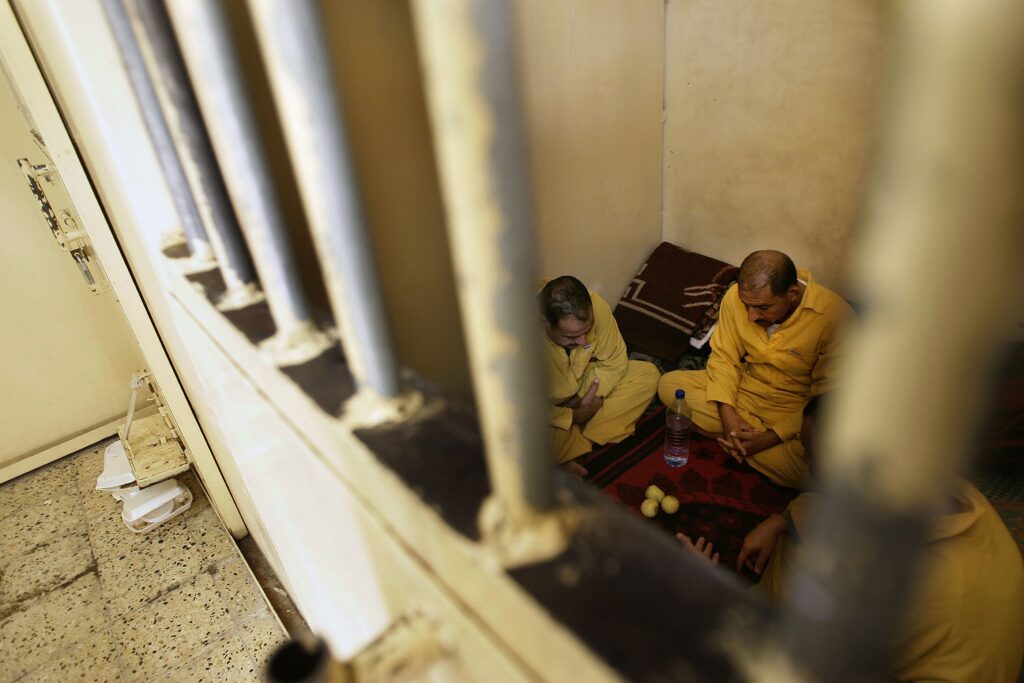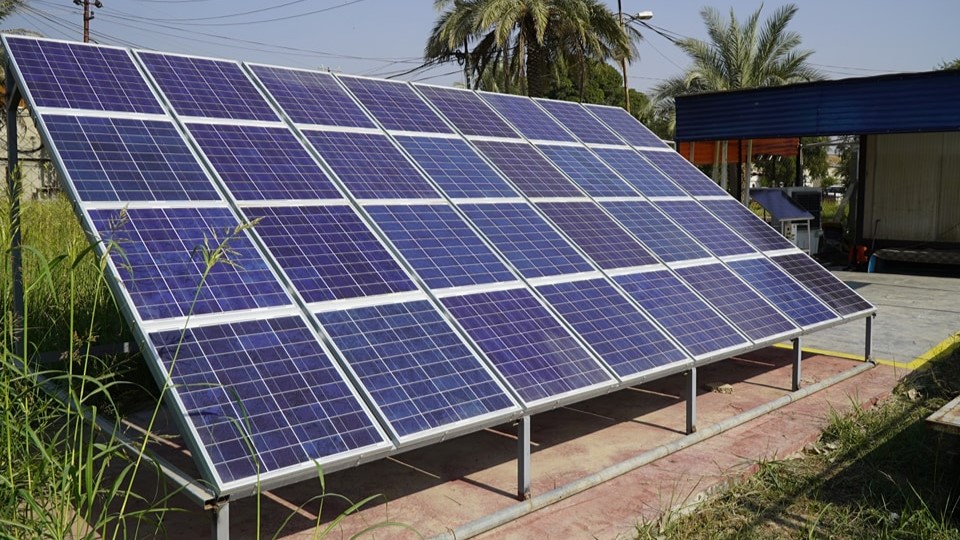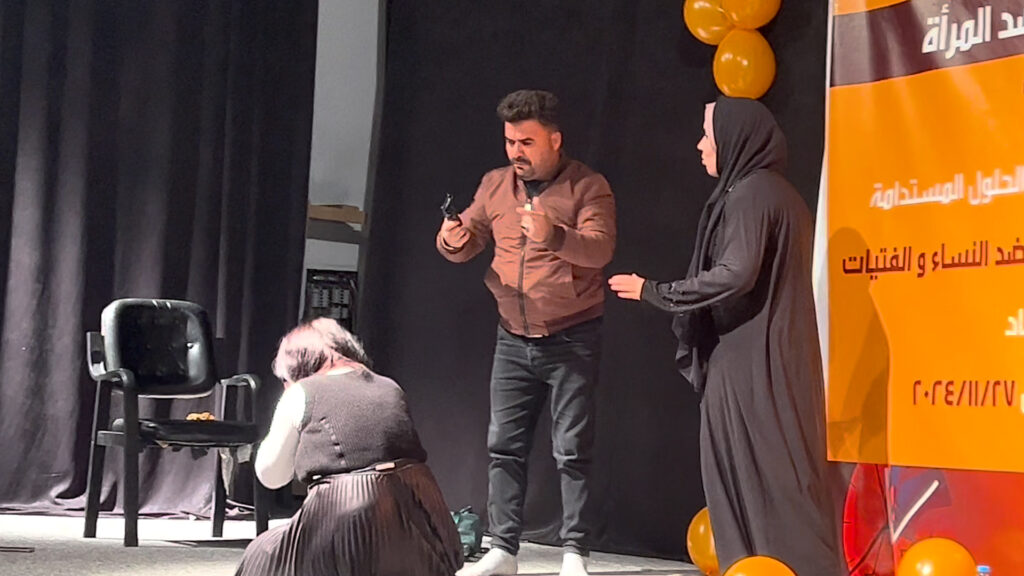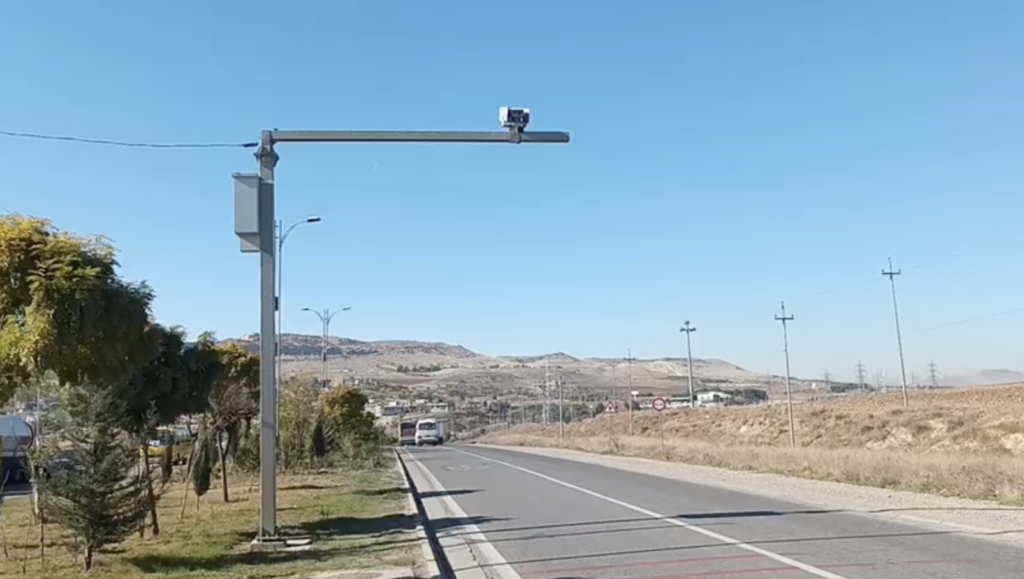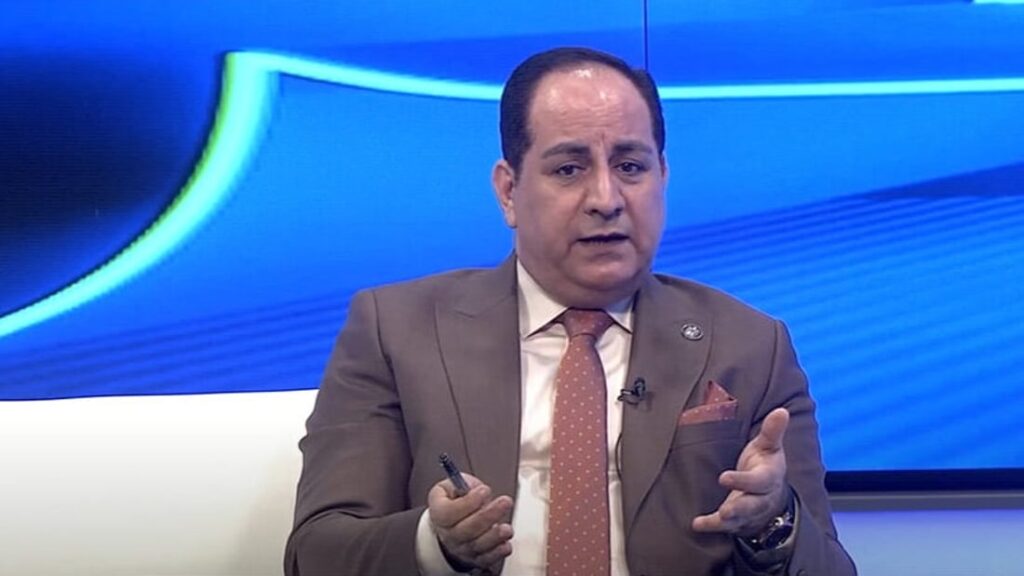Iraq: Mosul Al-Salam Area-Based Assessment (March-April 2019)
EXECUTIVE SUMMARY
Overview
Mosul al-Salam municipality is one of eight administrative units making up the city of Mosul and is located in the south of East Mosul. In June 2014, the whole of Mosul city came under the control of the so-called Islamic State of Iraq and the Levant (ISIL). The Government of Iraq (GoI) regained control of East Mosul in January 2017, followed by West Mosul in July 2017. Parts of the infrastructure and housing in Mosul al-Salam sustained damage during the presence of ISIL and operations to expel it. Although an estimated 500,000 individuals – including many members of Mosul’s ethno-religious minorities – fled the city during and after the arrival of ISIL, about 70% of the population remained. As of May 2019, the International Organization for Migration (IOM) has registered 948,588 individuals who have returned to Mosul district.
This assessment sought to provide a tailored and actionable profile of the city, with a focus on household-level needs and access to public services. It was implemented under the framework of the Community Resource Centre (CRC) initiative, which supports the GoI to facilitate safe, voluntary, non-discriminatory, and sustainable returns along with socio-economic reintegration in conflict-affected communities through establishing and reinforcing coordination and service delivery mechanisms. In line with this objective, the Mosul al-Salam ABA informs the CRC established by ACTED in al-Wahda neighbourhood, and in particular localised response planning and prioritisation of activities.
The ABA employs a mixed methods approach, composed of qualitative and quantitative components. The qualitative component included: secondary data review (SDR), semi-structured key informant interviews (KIIs) with community leaders and with individuals with specialized knowledge of service provision in the area, community group discussions (CGDs), and participatory mapping sessions in all neighbourhoods that make up the urban area.3 Findings from the qualitative components are indicative only. The quantitative component included a householdlevel needs assessment in all neighbourhoods of Mosul al-Salam municipality, whose findings are generalizable with a confidence level of 95% and a margin of error of 5%. All data was collected between 17 February and 9 April 2019 by REACH.
Key Findings
More than two years after the retaking of East Mosul, the stabilization of the area was well underway. Much of the damage had reportedly been repaired by efforts from the GoI, the United Nations (UN) and (international) nongovernmental organizations ((I)NGOs). However, the ABA found that several aspects of daily life remained negatively affected by the recent conflict. On the one hand, because some basic services were not functioning at the same level as before the arrival of ISIL, and on the other, because a lack of livelihood opportunities affected residents’ capability to restart economic activities and support their households.

